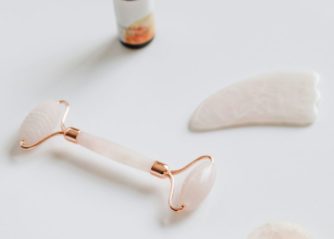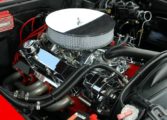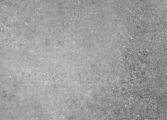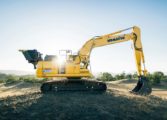**Badminton ball: A Comprehensive Guide to the Shuttlecock of the Game**
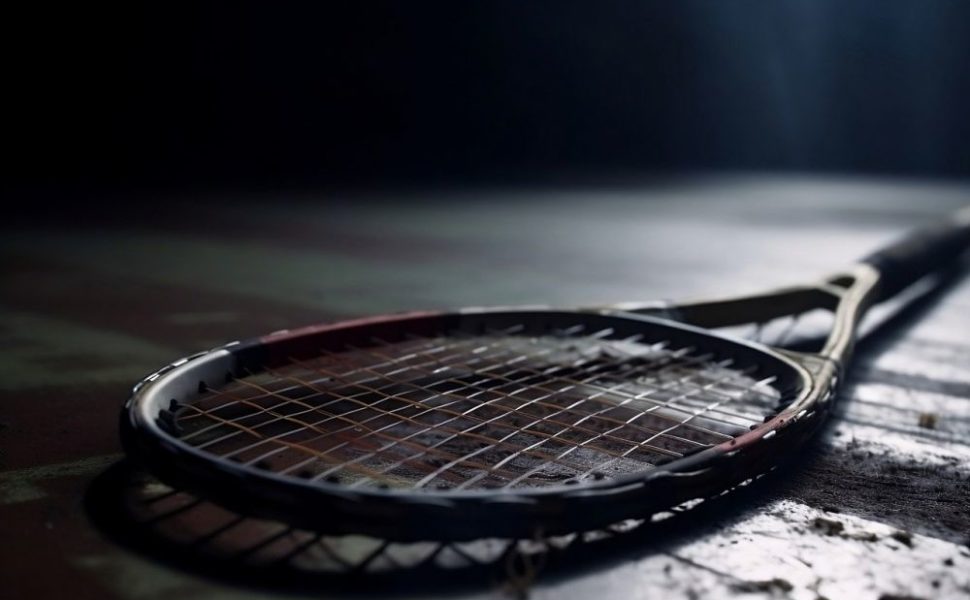
* Badminton Ball: An In-depth Overview*
Badminton, an exciting and fast-paced game, requires a specific type of ball known as a shuttlecock or a badminton ball. In this article, we will delve into the world of badminton balls, providing a detailed understanding of what they are, the various types available, their popularity, quantitative measurements, differences between different varieties, and a historical analysis of their pros and cons.
* The Amazing Badminton Ball*
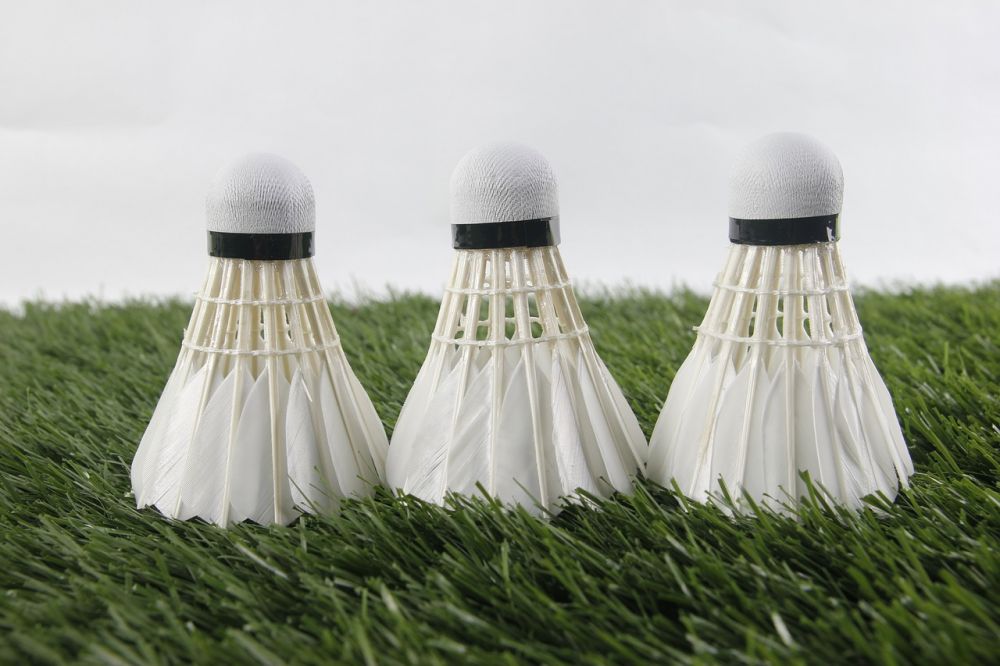
The badminton ball, also referred to as a shuttlecock, is a unique projectile used in the sport of badminton. It consists of a cone-shaped cork base covered with feathers or synthetic materials. This design provides stability and ensures a smooth flight through the air. The feathers or synthetic materials create drag, allowing players to control and manipulate the ball during gameplay.
* Exploring the Types of Badminton Balls*
There are two main types of badminton balls: feathered shuttlecocks and synthetic shuttlecocks. Feathered shuttlecocks, commonly made from goose feathers, are considered the traditional and high-quality option. They offer excellent flight and control due to the natural materials used. On the other hand, synthetic shuttlecocks, made with nylon or plastic materials, are more durable and affordable but may not provide the same level of control and flight.
Within the feathered shuttlecock category, there are different grades based on feather quality. The highest grade, known as the «A+» grade, utilizes feathers from the left wing of a goose, providing the best flight and stability. Lower-grade options, such as B and C, may use feathers from the right wing or lower-quality feathers, compromising flight performance.
* Quantitative Measurements of Badminton Balls*
To ensure fair gameplay, badminton balls undergo strict quantitative measurements. The key metrics include weight, speed, and feather quality. Feathered shuttlecocks typically weigh between 4.74 to 5.50 grams, while synthetic shuttlecocks weigh around 5.10 to 5.50 grams.
The speed of a badminton ball is measured by the time it takes to descend from a specific height. Typically, shuttlecocks fall within the speed range of 75 to 79, where a higher number indicates a slower speed. The speed selected depends on the playing environment, such as altitude and air temperature.
Feather quality plays a significant role in the overall performance of a shuttlecock. Feather selection criteria involve considering the density, uniformity, and shape of the feathers. Higher-grade shuttlecocks, with better feather quality, offer enhanced flight performance and durability.
* Unraveling the Differences Between Badminton Balls*
Different badminton balls can vary in terms of flight trajectory, durability, cost, and feel. Feathered shuttlecocks generally offer a more natural flight trajectory, allowing for precise control, while synthetic shuttlecocks may have a flatter trajectory with limited control capabilities.
Durability is another crucial factor to consider. Synthetic shuttlecocks tend to be more durable, suitable for recreational players and beginners, whereas feathered shuttlecocks are delicate and require careful handling. However, feathered shuttlecocks offer a superior feeling upon contact with the racket, enhancing player experience.
Cost-wise, synthetic shuttlecocks are typically more affordable, making them a popular choice for casual players and practice sessions. Feathered shuttlecocks, due to their higher-quality materials and craftsmanship, are generally more expensive, appealing to professional or competitive players seeking the best performance.
* Historical Analysis of Badminton Ball Pros and Cons*
Throughout history, the badminton ball has evolved, leading to various pros and cons associated with different types. Feathered shuttlecocks, with their natural materials, were the original choice and provided excellent flight and control. However, they were relatively fragile and expensive, limiting accessibility.
Synthetic shuttlecocks were introduced as a more durable and affordable alternative, making the game accessible to a broader range of players. While they may not offer the same level of flight control and feel, they are suitable for recreational purposes and practice sessions.
In recent years, advancements in technology have led to the development of hybrid shuttlecocks, combining the benefits of both feathered and synthetic materials. These hybrid shuttlecocks aim to provide improved flight performance, durability, and affordability.
In conclusion, the badminton ball, or shuttlecock, is a crucial element of the game, offering flight, control, and player experience. With various types available, each possessing unique characteristics, players can select the best option according to their skill level, playing environment, and budget. Whether it’s the traditional feathered shuttlecock or the more durable synthetic shuttlecock, the badminton ball continues to remain an integral part of this beloved sport.

